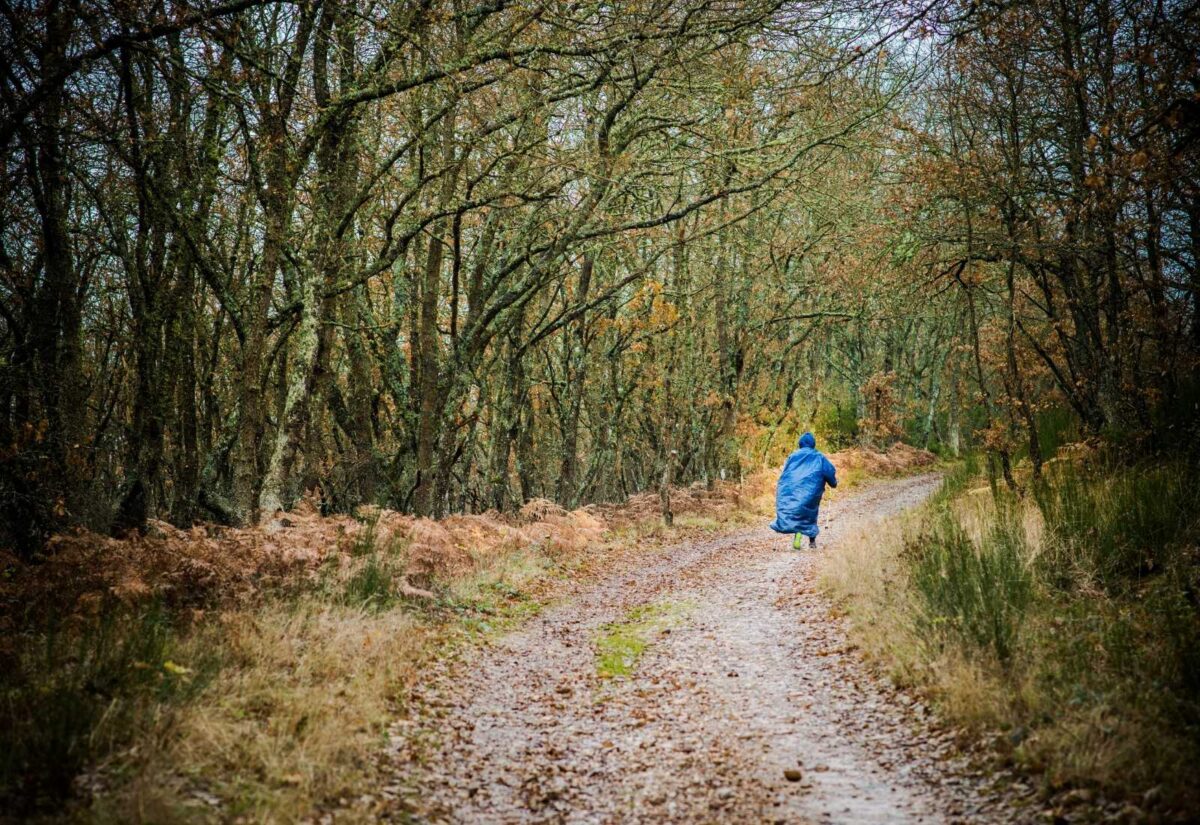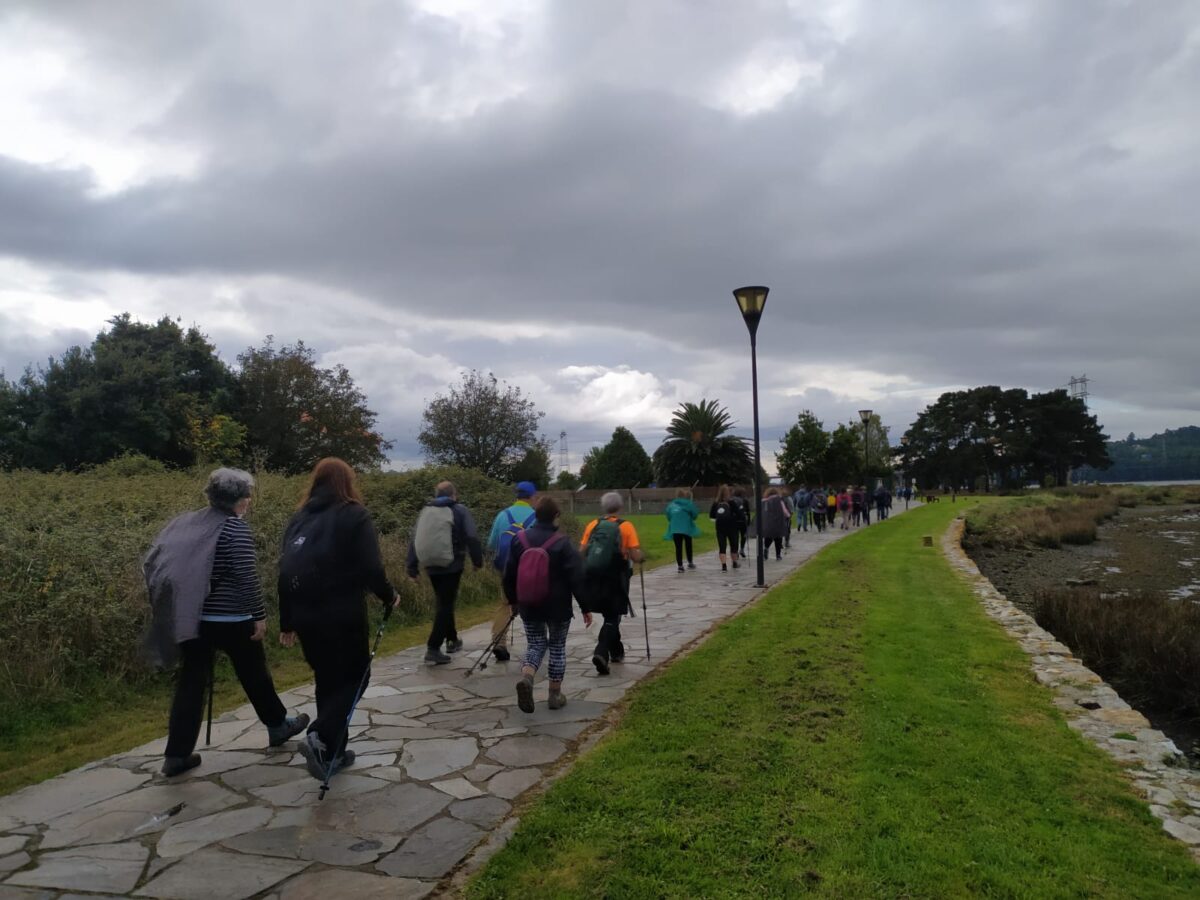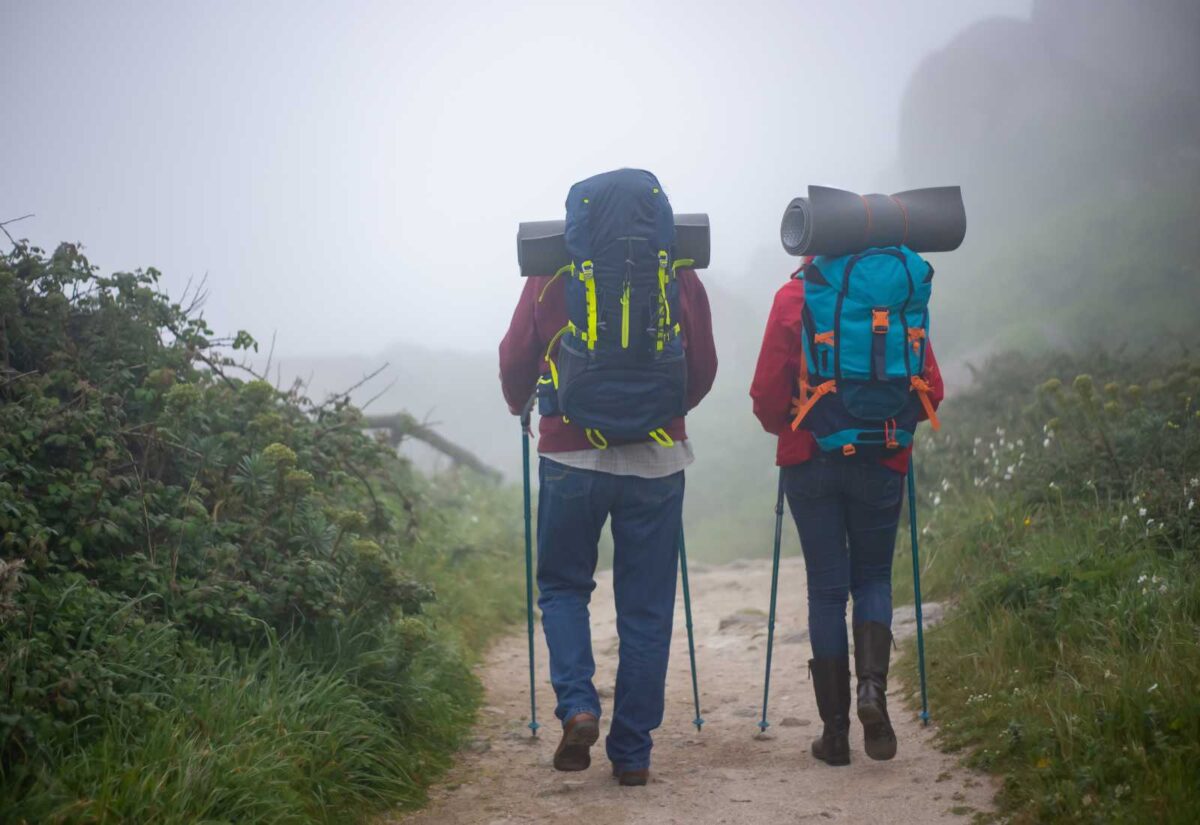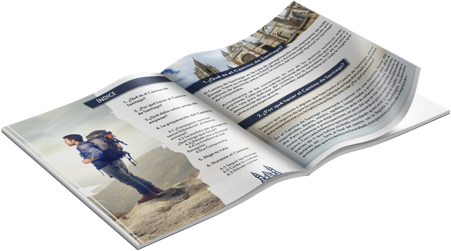Have you ever imagined yourself walking the Camino de Santiago in winter? In this post, we want to be your ultimate guide for embarking on the Jacobean trails during the winter season. Here, you’ll find detailed recommendations on everything you need to know to experience this top-notch adventure: what to bring on the Camino de Santiago in winter, pros and cons, preparation tips, and the most recommended routes for a safe and memorable adventure.
Can You Walk the Camino de Santiago in Winter?
Yes, you can walk the Camino in winter, and it’s a brave and adventurous choice. The first thing you should know is that you need to consider the weather typical of this time of year. From late December, January, February, and almost all of March, low temperatures, rain, snow, and maybe even a storm are the protagonists. This is the main factor to consider, which simultaneously offers numerous advantages and a few disadvantages.
Preparations for the Camino
If you decide to walk the Camino de Santiago in winter, we strongly recommend following our practical advice.
Tips for Walking the Camino de Santiago in Winter
- Ensure you have the appropriate physical preparation for the Camino.
- Choose a suitable route that offers a milder climate.
- Check the weather forecast and adjust your plan if necessary; safety comes first.
- Bring suitable equipment to face the weather.
- Carefully plan your stages and mileage, establishing where to start and finish based on the hours of daylight available.
- Book your accommodations in advance before starting the Camino; don’t leave it to chance and ensure your rest at the end of each stage.
- Eat well because in winter, your body needs more energy to stay warm. We recommend eating nutritious and hot dishes, preferably soups, to keep you energized during the journey.
- Enjoy the company, as despite being less crowded, you can still share experiences with fellow pilgrims like you.
What to Bring on the Camino de Santiago in Winter: Essential List
As in any season of the year, and especially in winter, when it comes to walking the Camino de Santiago, you should always check the weather forecast. It will tell you what to bring on the Camino de Santiago in winter. Keep in mind that you will face rain and cold, so it’s essential to take note of the following list:
- Backpack of about 30 or 40 liters.
- Clothing for walking and warmth, with extra layers.
- Warm footwear; trekking boots with a good sole in good condition are recommended (remember to bring worn-in footwear).
- Waterproof layers for yourself and your backpack.
- A collapsible trekking pole is recommended in winter, as well as knee and ankle supports.
- Personal documents, including your health card and the pilgrim’s credential.

Pilgrim wearing a raincoat on the Camino
These are essentials that cannot be missing. However, in our comprehensive guide on what to bring on the Camino and what to include in your backpack, you can expand on this information. If you are staying in hostels on the Camino de Santiago in winter, don’t forget to bring a sleeping bag. ¡And remember! If you need a lot of things, we recommend using a luggage transport service so you can walk lightly and keep your backpack dry.
Pros and Cons of the Camino de Santiago in Winter
Experienced pilgrims will surely tell you about the benefits of walking the Camino in winter:
- Fewer crowds: During winter, there are fewer pilgrims on the Camino, and you can enjoy a quieter experience without crowds in the hostels and on the trails.
- Magical landscapes: You’ll walk in a fairy-tale atmosphere with natural scenes of frost, fog, soft light, and perhaps even some snowflakes.
- Connection with spirituality: The stillness and serenity of winter can facilitate a deeper connection with oneself and the spiritual purpose of the Camino.
- Personal challenge: Overcoming the weather conditions and winter challenges can be an exciting test of your endurance and determination, taking you out of your comfort zone.
- Getting to know the local culture: Talking to the locals and enjoying local traditions and festivals. Christmas on the Camino or Entroido on the Sanabrian Way (the best Galician Carnival) are comprehensive experiences.
However, these same pilgrims may also mention the challenges to consider when undertaking a Jacobean route in winter:
- Adverse weather: Cold, rain, snow, and storms are characteristic elements of winter. Temperatures can range from 0°C to 10°C, and they can drop even lower at night.
- Shorter days: In winter, the days are shorter, meaning fewer hours of daylight for safe walking.
- Fewer accommodations: Although the Camino is less crowded in winter, this can result in fewer available accommodations, so it’s advisable to book in advance.

Pilgrims walking the English Way in winter
The Best Jacobean Routes in Winter
All the routes are highly recommended throughout the year as a life-changing experience, although there are better times of the year to walk a Jacobean route. In winter, we recommend the following routes, which you can easily complete in a week.
The Portuguese Camino, the Best Option for Beginners
One of the most popular routes is the Portuguese route. This route is perfect in winter because the temperatures in northern Portugal and southern Galicia are milder between December and March. However, rain can be constant, so you should be prepared. The best option is to walk the last 100 km of the Portuguese Camino from Tui. This route will allow you to obtain the Compostela and the Pedronía, two of the most important certificates for completing the Camino.
The Portuguese Coastal Camino, an Excellent Coastal Alternative
Enjoying the sea breeze in winter is very invigorating, as is splashing your face with seawater. Through this Portuguese coastal route, you’ll have the opportunity to savor Portuguese cuisine and enjoy landscapes of dunes and beaches. If you have limited time, the stretches between Porto and A Guarda or the last 100 km from the Spanish-Portuguese border are the best alternatives.
The French Camino, the Most Comfortable Alternative
The most comfortable, historically rich, and popular route couldn’t be left out. In winter, we recommend walking the last 100 km of the Camino from Sarria, a stretch suitable for all ages. In this route, you won’t encounter many accommodation issues as it has many services. However, it’s always highly recommended to book in advance during winter. Enjoy the winter cuisine of Galicia, which will give you the strength to overcome the harsh weather conditions.
For experienced pilgrims on the Camino, here are other Jacobean routes to enjoy:
- The Northern Way from Vilalba and the serenity of the Galician hills.
- The English Way from Ferrol and the tranquility of the Rías Altas.
- The Finisterre and Muxía Way and the ruggedness of the Costa da Morte.
- The Primitive Way from Lugo and the tranquility of rural Galicia.

Two pilgrims walking in winter
Pilgrimage in Winter Will Make You Feel Like You’re in a Fairy Tale
Walking the Camino de Santiago in winter is an experience that will allow you to discover the magic of this route in a unique way. With picturesque landscapes, fewer crowds, and thrilling personal challenges, winter can be the perfect season to embark on this spiritual adventure. Prepare properly, stay safe, and savor every step on this legendary route. Remember that the beauty of the Camino de Santiago in winter lies in its authenticity and the opportunity to live an unforgettable experience.














Leave A Comment